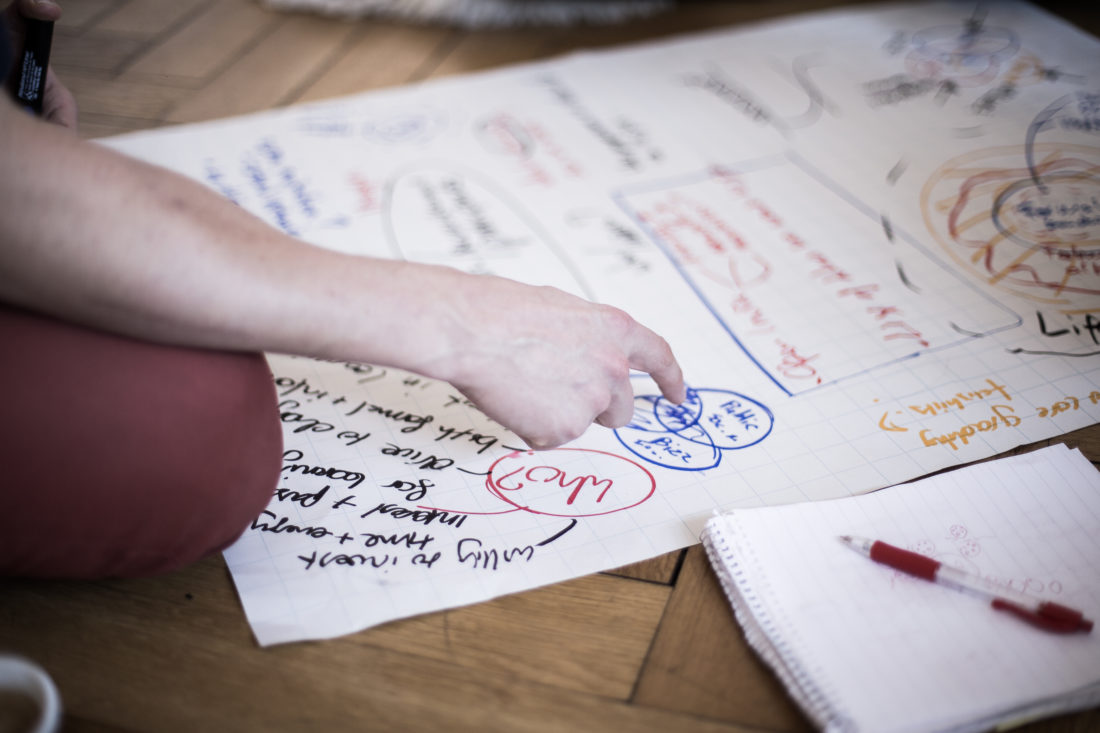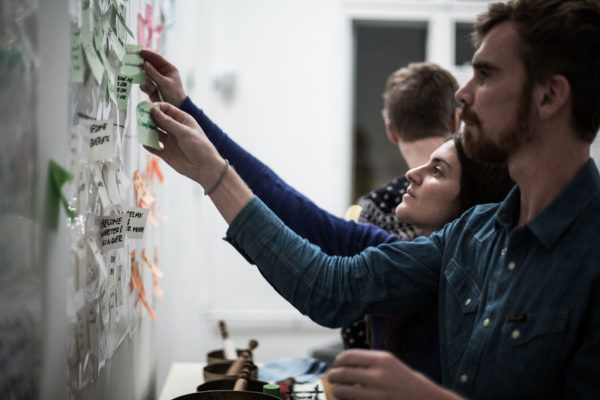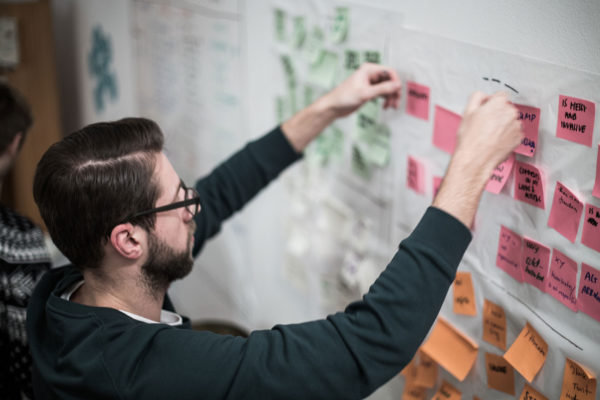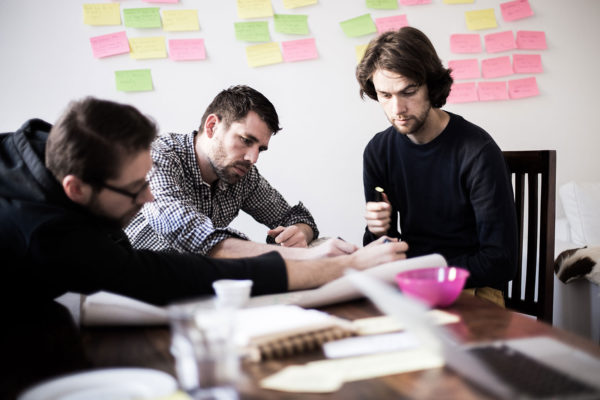
Search for the holy grail – innovation – in education
The field of education is under attack. Educators are suffering from what is called “just-another-change-fatigue”. The search for the holy grail – innovation – in education is everywhere. Learning is something many of us deeply care for. We see the cracks in the education or training field, and sense the need to “change” it. Maybe – a different future is possible. So, is there a way to learn to be wise in bringing change and innovation in the fields that we care about?
Innovation as a practice
In education, as well as in innovation, there is no “one-size-fits all” approach. What is innovation in one context may not work well another. To put it briefly, innovation is an ability to shape bold ideas into action.
Innovation is a form of art that needs to be practiced constantly. Every educator has developed a capacity to be curious, do something without a map, dare to take risks. It contains the questioning mind asking: what is needed now to make learning meaningful? Innovation is not a one-time effort, but a constant search for what works. It is a practice where you set out on a journey and build the road by walking. At the same time you stay flexible and responsive to any changes along the way. And you do it together with others – you need the insights, perspectives and resources of a number of people in co-creating the new.
Look for inspiration
As part of a 1,5-year learning programme, MoveMakers went on sensing-journeys in The Netherlands and Denmark, visiting quite diverse initiatives, programmes, and start-ups to understand innovation in education (i.e. the hubspace B.Amsterdam, Handshake, Team Academy, Knowmads, Freedom Lab, Kaospilot etc). Some of the things that caught our attention were:
- Making mistakes is part of learning. Therefore we could cultivate the spirit of experimentation, the art of prototyping in all learners and educators.
- Self-organisation and taking responsibility for one’s own learning. In the Knowmads School, 50% of the learning is self-organised. It is important to support taking responsibility for one’s own learning, starting from an early age.
- Space matters. Materials, technology, space, and tools help to take a hands-on approach to learning thus helping to make ideas instantly visible to others.
- Learning in cooperation and teams. A team-learning approach could be used to help to solve some of the challenges of current life.
- Constant reflection as a way to make sense of one’s learning and learn more about oneself as a human being. At Kaospilots, one third of the programme is focusing on analysing, making sense of one’s experiences.
- Learning in real life and from real life. Shaping tasks that are relevant and meaningful for the learners, including creating prototypes, solving real issues, developing real projects, organising an event, presenting ideas are part of assignments to engage learners. At Team Academy, learning is shaped around developing one’s own business.
- The “teacher” is a facilitator. A facilitator gives just enough guidance, supports reflection, asks questions to find their co-learners unique way in learning.
- A diversity of methods, project-based learning, creating a personal portfolio, engaging facilitators with diverse backgrounds, changing the context of learning, traineeships, and shadowing are all elements of innovative curriculums.
While reading these few insights, one may wonder, so what makes it all innovative? This is what learning “should be” about? Always. We see more that in some “innovative” programmes or initiatives learning is addressed in a holistic way. The innovators take lead in creating meaningful learning spaces – sensing the emerging future, the needs of learners and the changing face of the world. They don’t wait for trends, but create those themselves. They ask constantly “What is the kind of place, where I would like to learn?” and then create these places. It also seems that innovative programmes have a very clear sense of who they are, what they do and how they are doing it. They have created a strong DNA of their programmes and communicate it with a wider audience.
What is at the core of your next learning program?
*Longer version of this article will be found soon in our ebook “Making New Moves in Education and Learning”.




